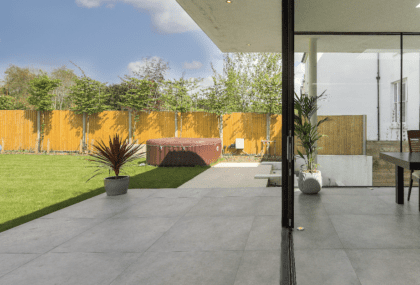Hedge Planting and Trees Planting
DORKING, REIGATE, REDHILL, EPSOM, LEATHERHEAD, GUILDFORD, ESHER, SUTTON, TWICKENHAM AND MORE.
Why plant a hedge?
Hedges form an attractive boundary, as well as providing a place for wildlife, especially nesting birds. Hedges are an attractive way to provide privacy around a house, there are also other reasons why they can be a better choice over walls and fencing.
Hedges are an attractive way to provide privacy around a house, there are also other reasons why they can be a better choice over walls and fencing.
Insects, butterflies and birds love them! Hedges give shelter to a variety of animals as well providing them with food such as berries.
Low maintenance
Also a hedge will still need regular trimming. It will be less costly compared to painting/staining a fence and won't rot or break like fencing will in time.
Wind Protection
Not only will hedges provide a wind barrier they also filter the air and calm it, whereas with a wall or fence the wind goes against it.
Disguising unattractive areas
Hedging can quickly mature to block the view of overlooking windows. It can also be used to screen off bin areas or compost bins.
Crime Prevention
Defensive planting can be a great way to deter thieves and you can get attractive thorny bushes the provide colour as well as some added security.
Environmental Benefits
Dense hedging can help reduce noise levels and absorb air pollution.
Colour
The beauty of hedging can be the attractive change of colours through the seasons. Hedging comes with a variety of coloured leaves: copper, lime, green, grey, yellows, cream and reds.
When is the best time to plant a hedge?
Autumn is the best time to plant hedge rows. The soil is nice and warm still, not inundated with water and easy to dig. Early autumn is ideal for hedging plants such as box, privet (semi-evergreen) and yew. However, they can be planted at any time from late autumn until late winter Deciduous hedges such as beech, hawthorn and hornbeam can be planted any time from leaf fall. This is typically from mid-autumn until late winter.

